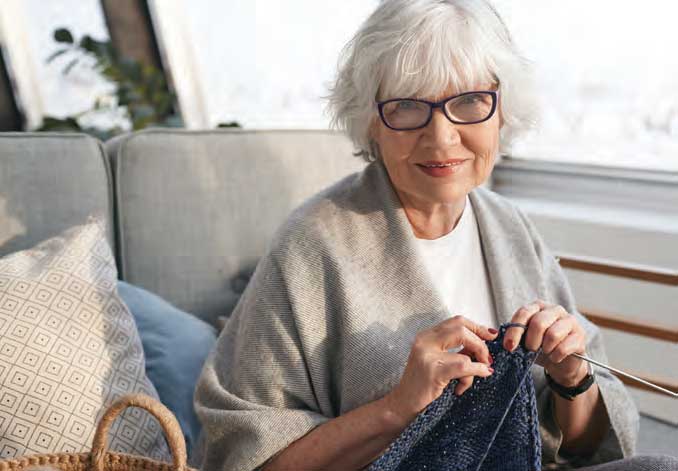
— Andy Warhol
What is art? Is it a famous painting hanging in a museum, song lyrics of your favorite song, or a hand-drawn card from a grandchild? Art is an expression that stimulates an individual’s thoughts, emotions, beliefs, or ideas through the senses – so, the famous painting, song lyrics, and hand-drawn card are ALL examples of art.
There are many health benefits to being artistically creative. Studies have shown that expression through art can help with depression, anxiety, and stress. In addition, it has also been linked to improving memory, reasoning, and resilience. Don’t worry, you don’t have to be Picasso to reap the health benefits! It’s the ACT of creating art that is beneficial, not the artwork itself, and there are many ways to get creative, such as through: poetry, painting, pottery, music, and dance, just to name a few.
Let’s look at some of the benefits of art:
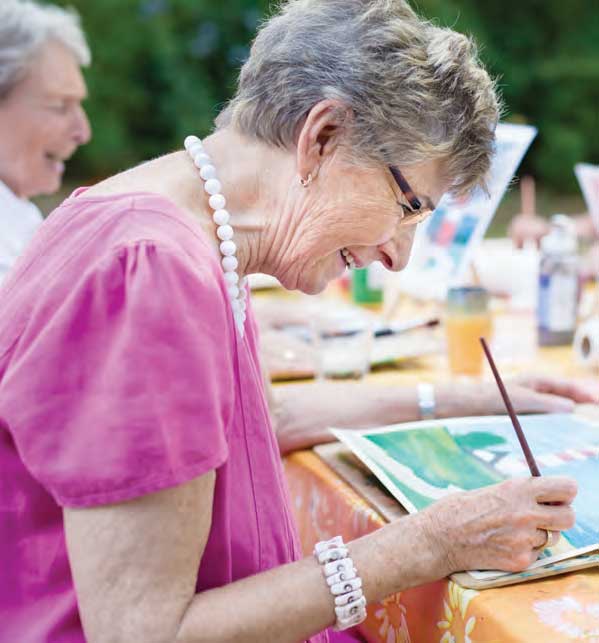
Relieves Anxiety and Stress – Engaging in artmaking can significantly reduce cortisol (“stress hormone”) levels in the body. Why? Creating art is like meditation – it forces the mind to slow down, focus on the details, and block out distractions. Painting, sculpting, drawing, and photography are relaxing and rewarding, and they can leave you feeling mentally clear and calm. Creating art provides a distraction, giving your brain a break from usual thoughts.
Maintain Fine Motor Skills – Small muscles in the fingers, hands, and wrists are utilized during art creation. These motions, such as holding a paintbrush or pencil, molding clay, or writing poetry, are great for maintaining fine motor skills.
Socialize and Connect – Art programs provide a community with an opportunity for attendees to share a similar purpose and commitment. You can connect with neighbors over your love of arts and crafts, or your interest in trying a new hobby. If group events don’t interest you, consider getting together with family or friends and work on something together! You get the same benefits, but in a more intimate setting.
Not an artist? That’s ok! Does the idea of a blank canvas intimidate you, but you still want to give art a try? Consider starting off with a paint-by-number or coloring book instead. These allow for creative choices on which colors to choose and allow for artistic independence but provide some guidance.
Art has a positive effect on both the brain and the body. You may find the addition of art into your routine can have a positive impact on your mental and physical health. If you aren’t already attending, try out the Poetry Group, Hobby Pines Group, or the Pinecone Painters to get started! If you are unsure of where to get started, our therapy team at Kirby Pines can help bring the fine motor skills used in creating art into your rehabilitation experience. For more information on the benefits of art or to learn more about therapy and how it can benefit you, please contact the Functional Pathways Therapy Team.
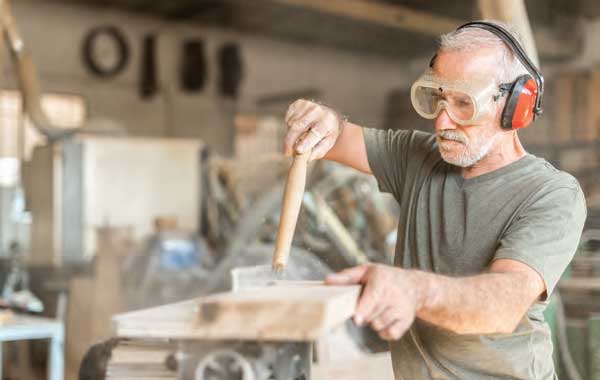
— Pablo Picasso

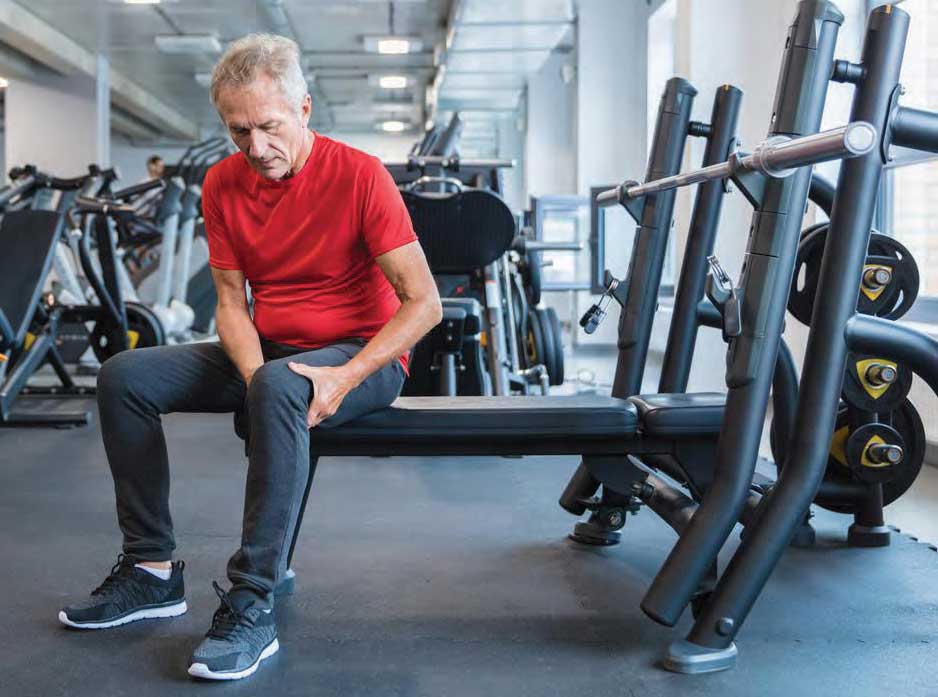
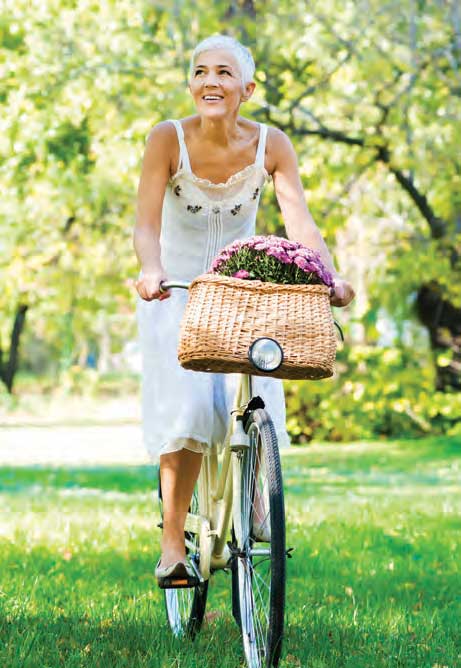

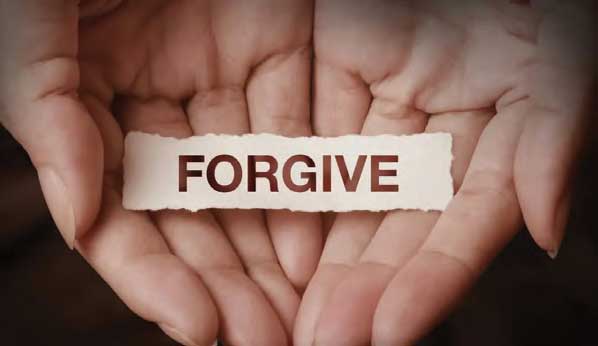
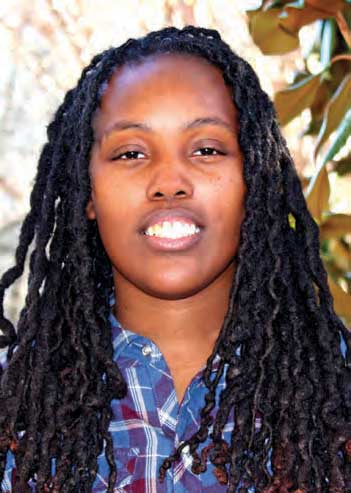

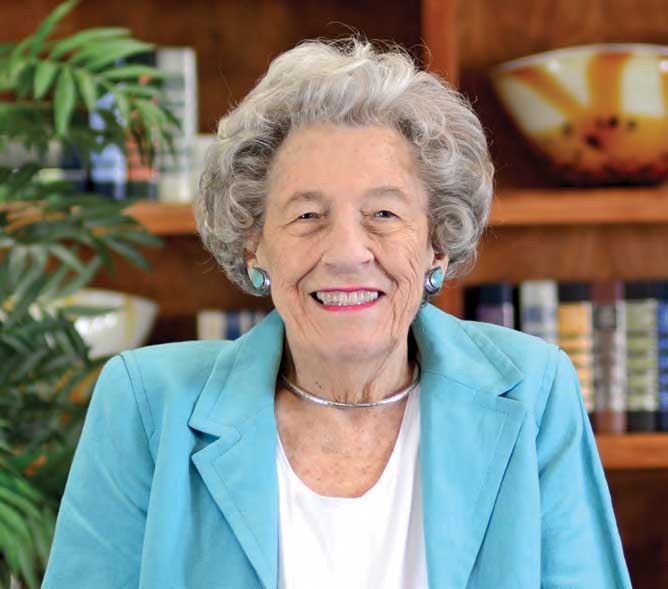
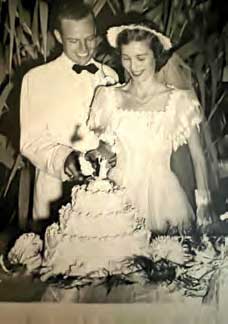
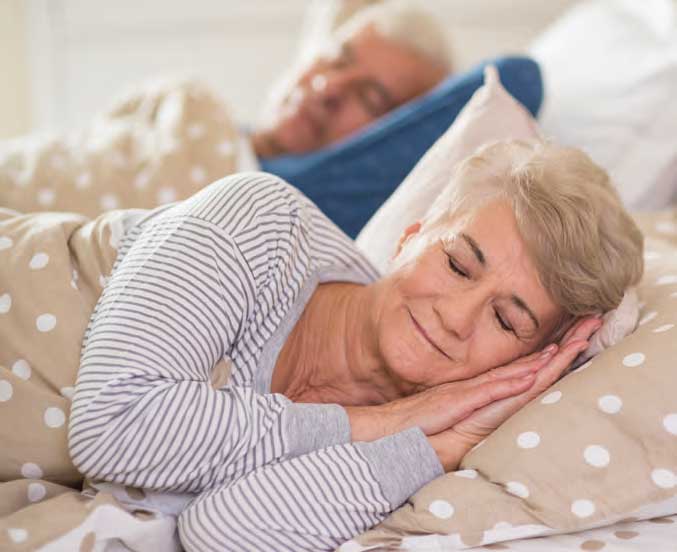
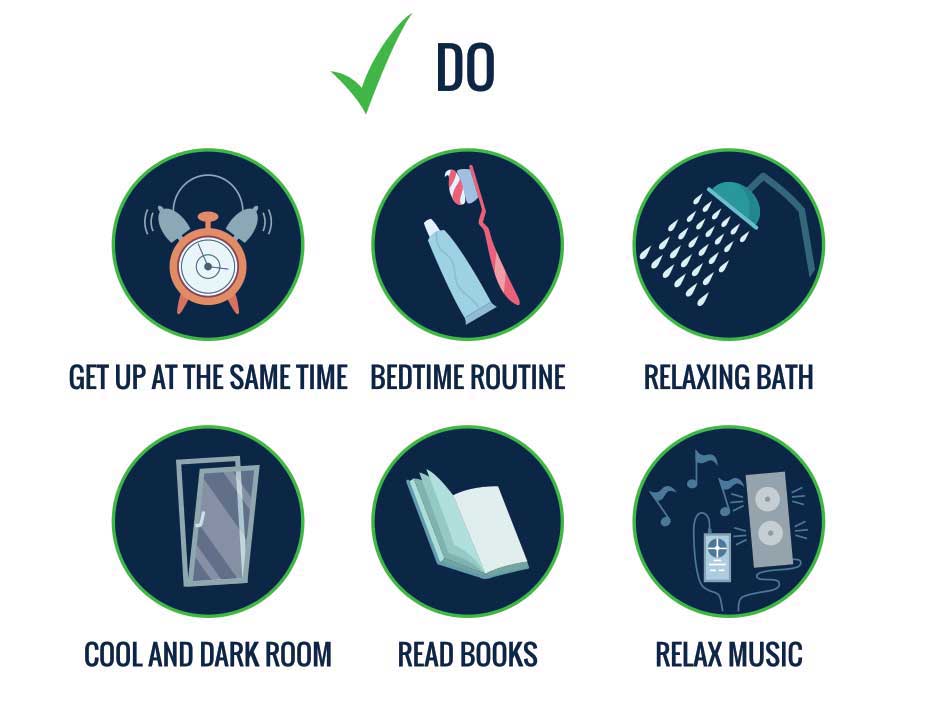
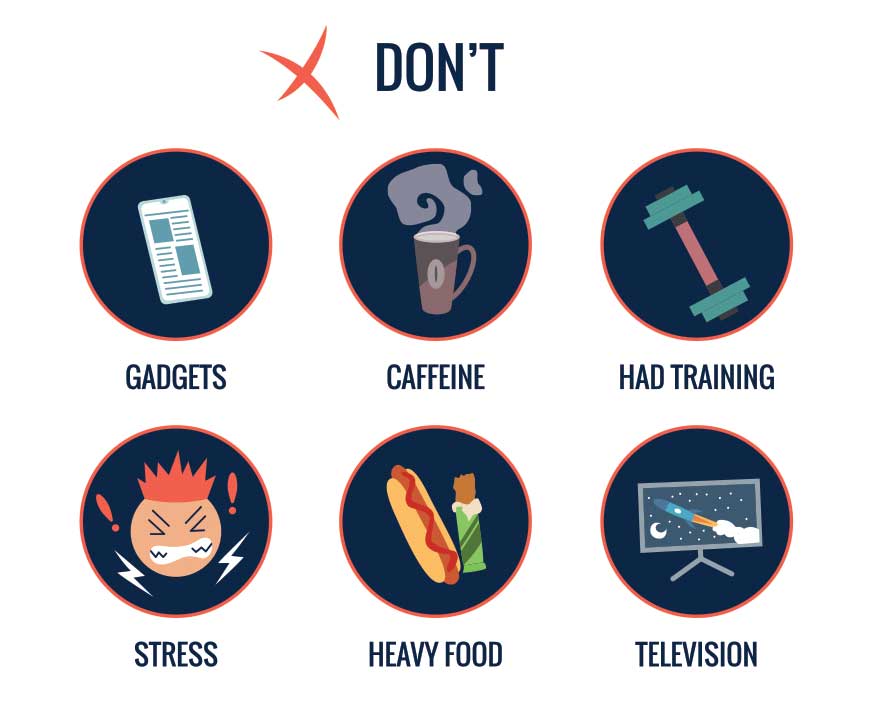
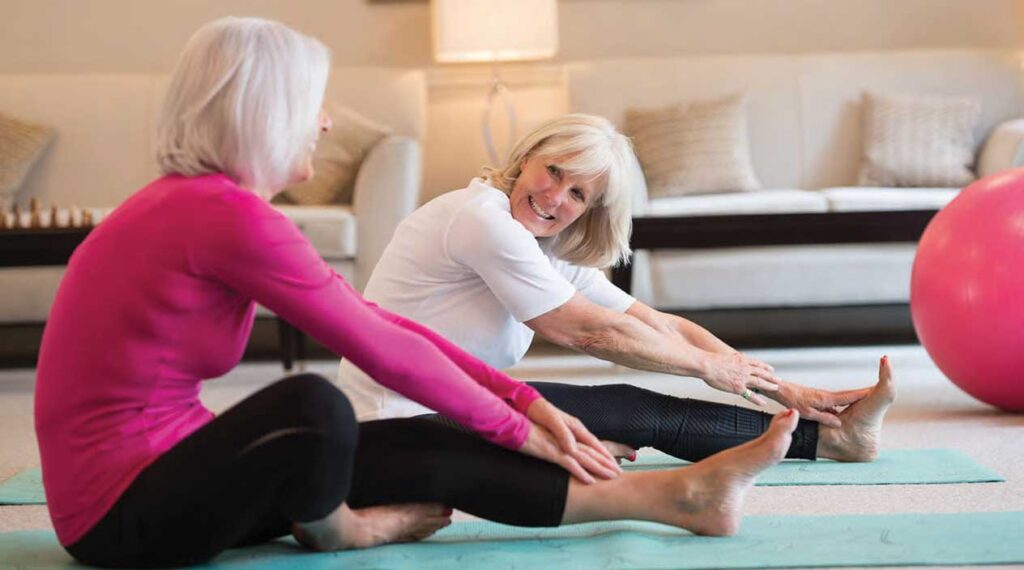
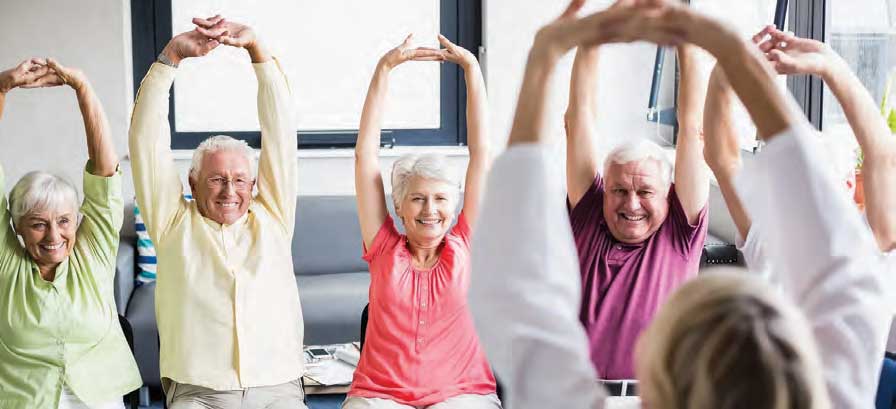

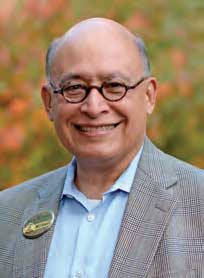
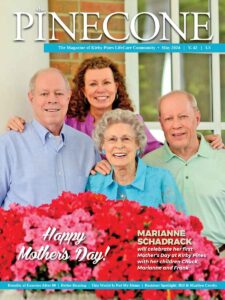

 © 2024 Kirby Pines LifeCare Community. All Rights Reserved |
© 2024 Kirby Pines LifeCare Community. All Rights Reserved | 